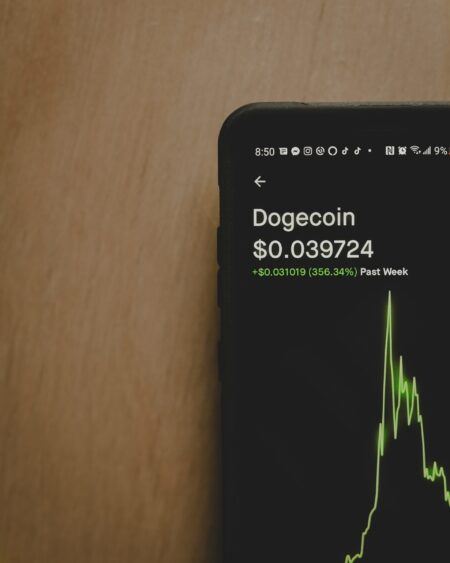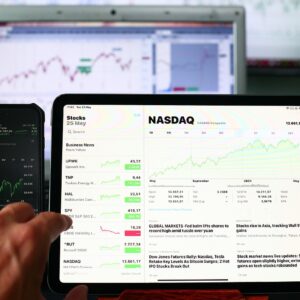On July 15, Peter Brandt shared his technical analysis of Ethereum (ETH) on the social media platform X. Brandt’s insights focus on the current price behavior of ETH and predict future movements based on chart patterns and historical price data.
Brandt is a veteran trader and author renowned for his expertise in commodities and financial markets. With over four decades of experience, Brandt is celebrated for his mastery of technical analysis and classical charting techniques. He began his trading career in the late 1970s and founded Factor Trading Co., Inc. in 1980, a firm that focuses on proprietary trading.
Brandt is the author of “Diary of a Professional Commodity Trader,” a book that offers a deep dive into his trading strategies and insights. His disciplined approach to trading emphasizes risk management and the psychological aspects of trading.
Anyway, below is what he posted on X on July 15:
Understanding the Chart and Analysis
1. The Chart Basics: The chart Brandt posted shows the weekly price bars of Ethereum (ETH) against the US Dollar (USD). It includes various technical indicators like moving averages, Average Directional Index (ADX), and Average True Range (ATR).
2. Key Terms Explained:
- Support and Resistance: Support refers to a price level where a downtrend can be expected to pause due to a concentration of demand. Resistance is a price level where a rising trend can pause due to a concentration of selling.
- Rectangle Pattern: A rectangle pattern in technical analysis represents a period of consolidation where the price fluctuates within a range bounded by parallel support and resistance levels.
- Horn Bottom: This is a bullish reversal pattern indicating that the price has reached a bottom and is likely to rise.
Brandt’s Analysis
Support at Lower Boundary: Brandt notes that Ethereum found support at the lower boundary of a rectangle pattern that has been forming over the past four months. This means that ETH’s price fell to a certain level and then bounced back up, indicating strong buying interest at this level, preventing the price from falling further.
Retest of Horn Bottom: The support mentioned also corresponds to a retest of a “horn bottom” pattern completed in February. This pattern typically signals the end of a downtrend and the beginning of an upward movement. The retest suggests that the market is reaffirming this bullish signal, which strengthens the potential for an upward trend.
Price Target: Brandt predicts that if Ethereum completes its current pattern on the upside, it could reach a target price of over $5600. This is derived from technical analysis patterns and historical price movements that suggest where the price could go if it breaks out of its current consolidation phase.
Detailed Breakdown of the Chart Elements
Rectangle Pattern:
- The rectangle on the chart shows a period where Ethereum’s price has been moving sideways, fluctuating between a defined upper and lower boundary.
- The lower boundary (support) has been tested and held, which is a positive sign for future price movements.
Moving Averages:
- The chart includes two moving averages (C, 18 and C, 8), which are lines that smooth out price data to identify the direction of the trend. The crossover of these lines can signal changes in price trends.
Target of 5600+:
- The target price of 5600+ is based on the historical performance of similar patterns and the depth of the rectangle.
- Brandt believes that if ETH breaks out above the rectangle’s upper boundary, the momentum could push the price to this higher level.
Featured Image via Unsplash









